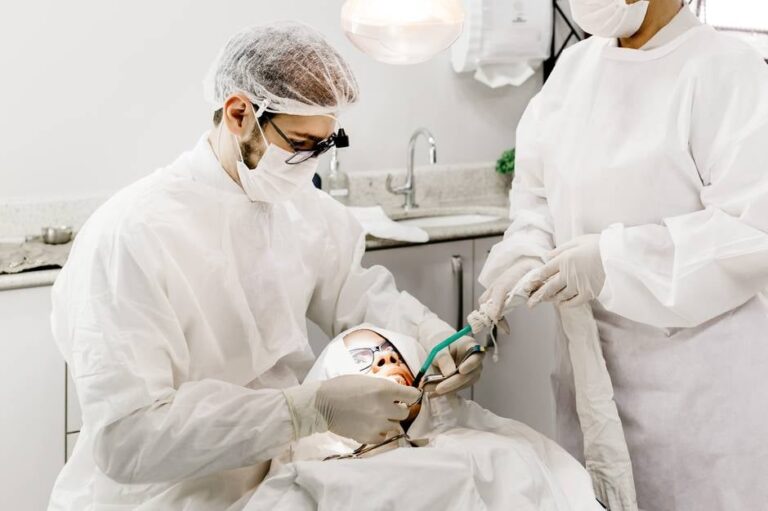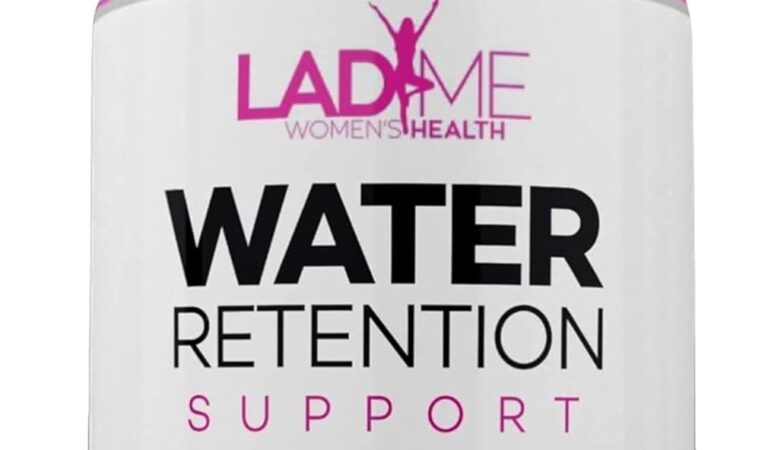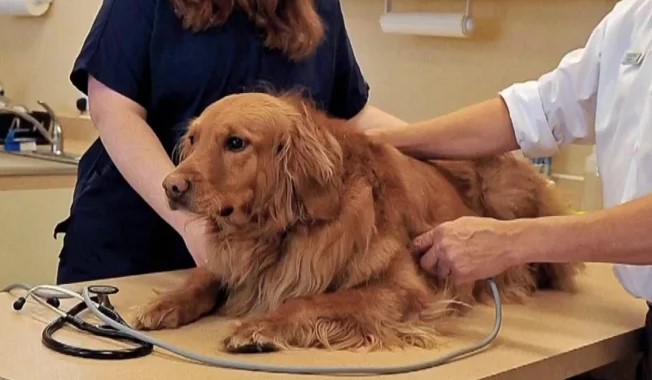The Complete Tooth Extraction Recovery Timeline: What to Expect
Tooth extraction might sound scary, but it’s a common procedure that many people go through, especially during their teenage years. Whether it’s because of tooth decay, overcrowded teeth, or the need for braces, understanding what to expect after a tooth extraction can make the experience much less daunting.
This blog aims to guide you through the complete tooth extraction recovery timeline and provide tips to help you heal quickly and comfortably.
Why Do Teeth Need to be Extracted?
Teeth are sometimes removed because they become too damaged, crowded, or infected. While this may seem alarming, dentists only recommend extractions when necessary.
The Day of Extraction
On the day of your tooth extraction, you’ll want to wear comfortable clothing and arrive at least 15 minutes early. Before the procedure, your dentist will explain the process and answer any questions you may have.
Preparing for the Procedure
Before your tooth extraction, your dentist will explain the process and answer any questions you might have. It’s important to follow their instructions carefully.
The Extraction Process
The actual extraction is usually quick and painless, thanks to local anesthesia that numbs the area. You’ll feel some pressure, but no pain. Knowing what to expect can help you stay calm during the procedure.
Immediate Aftercare
Right after the extraction, you’ll be given a piece of gauze to bite on to help stop the bleeding. It’s crucial to follow your dentist’s aftercare instructions to ensure proper healing and avoid complications.
The First 24 Hours
It’s normal to experience some pain, swelling, and bleeding in the first 24 hours after a tooth extraction. Your dentist may prescribe medication to help with any discomfort and suggest using an ice pack to reduce swelling.
Controlling Bleeding
It’s normal to experience some bleeding after the extraction. Biting on gauze and avoiding strenuous activities can help control it. If bleeding persists, contact your dentist for advice.
Managing Pain and Swelling
Over-the-counter pain relievers and ice packs can help alleviate pain and reduce swelling. Remember to follow the recommended dosage and application times to avoid any side effects.
What to Eat and Drink
Soft foods and plenty of fluids are essential during the first 24 hours. Avoid hot drinks, alcohol, and using straws, as they can interfere with the healing process.
Days 2 to 3
As the healing process begins, you may experience some discomfort and swelling, but it should gradually decrease. It’s essential to continue following your dentist’s aftercare instructions and avoid strenuous activities.
Keeping the Area Clean
Maintaining oral hygiene is crucial. Rinse your mouth with salt water to keep it clean and prevent infection.
Signs of Infection
Watch out for signs of infection, such as increased pain, swelling, or fever. If you notice any of these symptoms, contact your dentist immediately.
Activities to Avoid
Avoid vigorous activities and heavy lifting during the initial recovery period. Resting will help your body heal more quickly.
Days 4 to 7
By now, you should begin to feel more comfortable and notice a decrease in swelling. Depending on the type of extraction, your stitches may dissolve or need to be removed by your dentist.
Resuming Normal Activities
By now, you can gradually return to your usual activities. However, continue to avoid anything that could disrupt the healing process.
Monitoring Healing
Check the extraction site regularly for any unusual changes. If you notice anything concerning, don’t hesitate to reach out to your dentist.
When to Switch Foods
You can slowly reintroduce more solid foods into your diet as the extraction site heals. Just be sure to chew on the opposite side to avoid irritating the area.
Weeks 2 to 4 and Beyond
By this time, the extraction site should be completely healed. However, it’s still essential to continue practicing good oral hygiene and maintaining regular check-ups with your dentist.
Full Healing
Most people will experience significant healing within two weeks. However, complete healing can take up to a month.
Final Check-Up
Your dentist may schedule a follow-up appointment to check on the healing process. This is a great opportunity to ask any lingering questions and address any concerns.
Long-Term Care
Taking care of your teeth after an extraction is crucial for maintaining oral health. Regular brushing, flossing, and dental check-ups will help keep your smile healthy and bright.
Common Concerns and Questions
Undergoing a tooth extraction can be nerve-wracking, and it’s easy to have questions or concerns. Some of the most common ones include:
How Long Will It Hurt?
The pain usually subsides within a few days, but everyone heals differently. If you’re concerned about prolonged pain, consult your dentist.
Can I Brush My Teeth?
Yes, but be gentle around the extraction site. Use a soft-bristled toothbrush and avoid any vigorous motions that could disrupt healing.
What If I Have Stitches?
If you have stitches, your dentist will provide specific care instructions. Some stitches dissolve on their own, while others may need to be removed.
Tips for a Smooth Recovery
Here are some tips to help you recover quickly and comfortably after a tooth extraction:
Follow Your Dentist’s Instructions
Your dentist’s advice is tailored to your specific situation. Following their instructions closely will help ensure a smooth and speedy recovery.
Stay Hydrated
Drinking plenty of water is essential for overall health and helps keep the extraction site clean. Avoid sugary drinks and alcohol during the recovery period.
Rest and Relax
Giving your body time to heal is crucial. Get plenty of rest and avoid strenuous activities to promote dental recovery.
When to Seek Help
While tooth extractions are generally safe, it’s essential to monitor your recovery for any complications. Contact your dentist if you experience prolonged pain, excessive bleeding, or signs of infection.
Persistent Pain
If you experience prolonged or severe pain, contact your dentist. It could be a sign of complications that need professional attention.
Unusual Symptoms
Symptoms like excessive swelling, fever, or pus at the extraction site should be addressed immediately. These could indicate an infection that requires treatment.
Follow-Up Appointments
Don’t skip your follow-up appointments. They allow your dentist to monitor your healing process and address any issues that may arise.
When your dentist determines that it’s necessary to extract a tooth, they will ensure the procedure is as comfortable and pain-free as possible.
Understanding the Tooth Extraction Recovery Timeline
Recovering from a tooth extraction recovery timeline doesn’t have to be a stressful experience. By understanding the recovery timeline and following your dentist’s advice, you can ensure a smooth and comfortable healing process. Remember, taking good care of your oral health is essential for a beautiful and healthy smile.
For more helpful tips, check out the rest of our site today.







